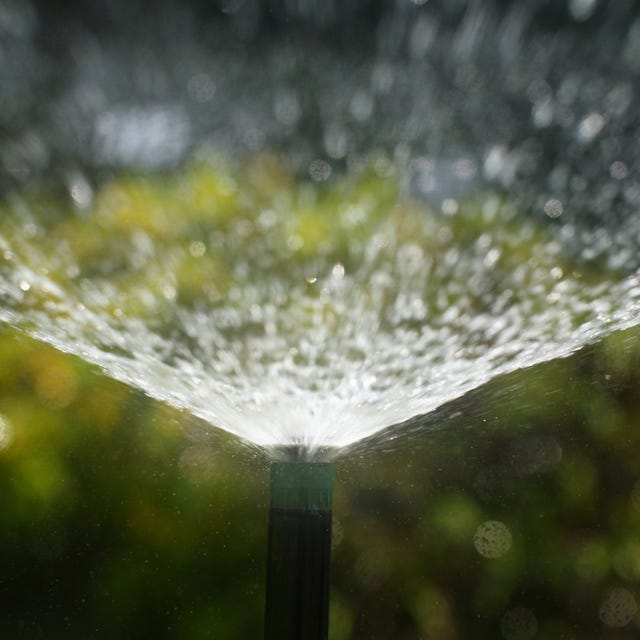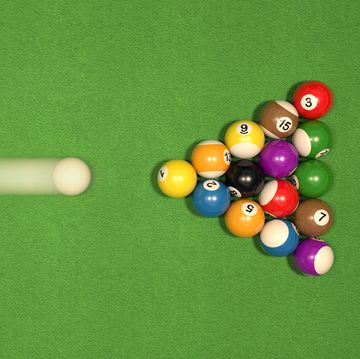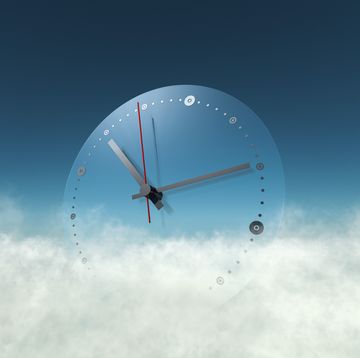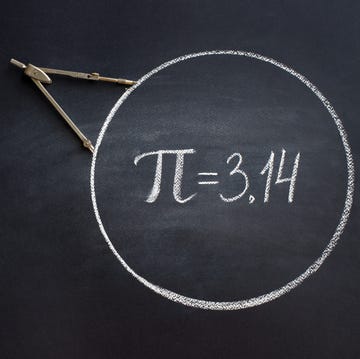- For 141 years, physicists have pondered a deceptively difficult question—what would happen if a sprinkler worked in reverse?
- Two camps formed—one arguing that a water-sucking sprinkler would have to spin clockwise, and another camp pushing for an counter-clockwise motion.
- Scientists from New York University took care of the problem by designing just such a device, and discovered that a reverse sprinkler would spin counter-clockwise 50 times slower than if it was just a normal sprinkler.
“What would happen if a sprinkler went in reverse” is a question asked by only two kinds of people—bleary-eyed stoners and theoretical physicists. That’s because answering the question requires a mind-bending perspective that only advanced mathematics or (mostly) legalized drugs can provide.
First posed in 1883 by Austrian physicist Ernst Mach and popularized by Nobel laureate Richard Feynman, the “reverse sprinkler” question is relatively simple—if you put an s-shaped sprinkler in a tank of water, and the sprinkler sucked in water, what direction would it spin and why?
But this is where things get tricky. One camp adamantly suggests that the sucking force would pull the nozzle counter-clockwise, while others argue that inflowing water would smack the inside of the nozzle, forcing it clockwise.
“The answer is perfectly clear at first sight,” Feynman wrote in the 1985 autobiographical book, Surely You’re Joking, Mr. Feynman. “The trouble was, some guy would think it was perfectly clear one way, and another guy would think it was perfectly clear the other way.”
To finally solve this 141-year-old problem, scientists from the New York University (NYU) created custom sprinkler devices that pushed and sucked in water at controllable rates. Complete with a new kind of ultra-low-friction rotary bearing, according to the NYU press release, the sprinklers were constructed so the researchers could observe what was going on outside and inside the sprinkler. To capture the reverse sprinkler’s fluid dynamics in action, the team also added dyes and microparticles to help illuminate the waterflow via lasers. The results were published in the journal Physics Review Letters in January.
As the sprinkler sucked in water, the NYU scientists discovered that it created a kind of “inside-out rocket,” which very slowly rotated the sprinkler counter-clockwise.
When the sprinkler works as intended (a.k.a. spraying water) it effectively acts like a mini-rocket, with the water acting as the propellant that spins the sprinkler. When flowing in reverse, however, these jets meet inside the sprinkler chamber—but don’t smash head-on due to the flow caused by the sprinkler’s curved arms. This slight misalignment causes the sprinkler to slowly rotate in reverse, about 50 times slower than when the sprinkler is operating normally.
“Our study solves the problem by combining precision lab experiments with mathematical modeling that explains how a reverse sprinkler operates,” NYU associate professor and senior author Leif Ristroph said in a press release. “We found that the reverse sprinkler spins in the ‘reverse’ or opposite direction when taking in water as it does when ejecting it, and the cause is subtle and surprising.”
Ristroph and his team didn’t undertake this 141-year-old problem just for laughs. Understanding these fluid dynamics could help us better understand the sustainable sources of energy flowing around us, such as “wind in our atmosphere as well as waves and currents in our oceans and rivers,” Ristroph said.
Darren lives in Portland, has a cat, and writes/edits about sci-fi and how our world works. You can find his previous stuff at Gizmodo and Paste if you look hard enough.













